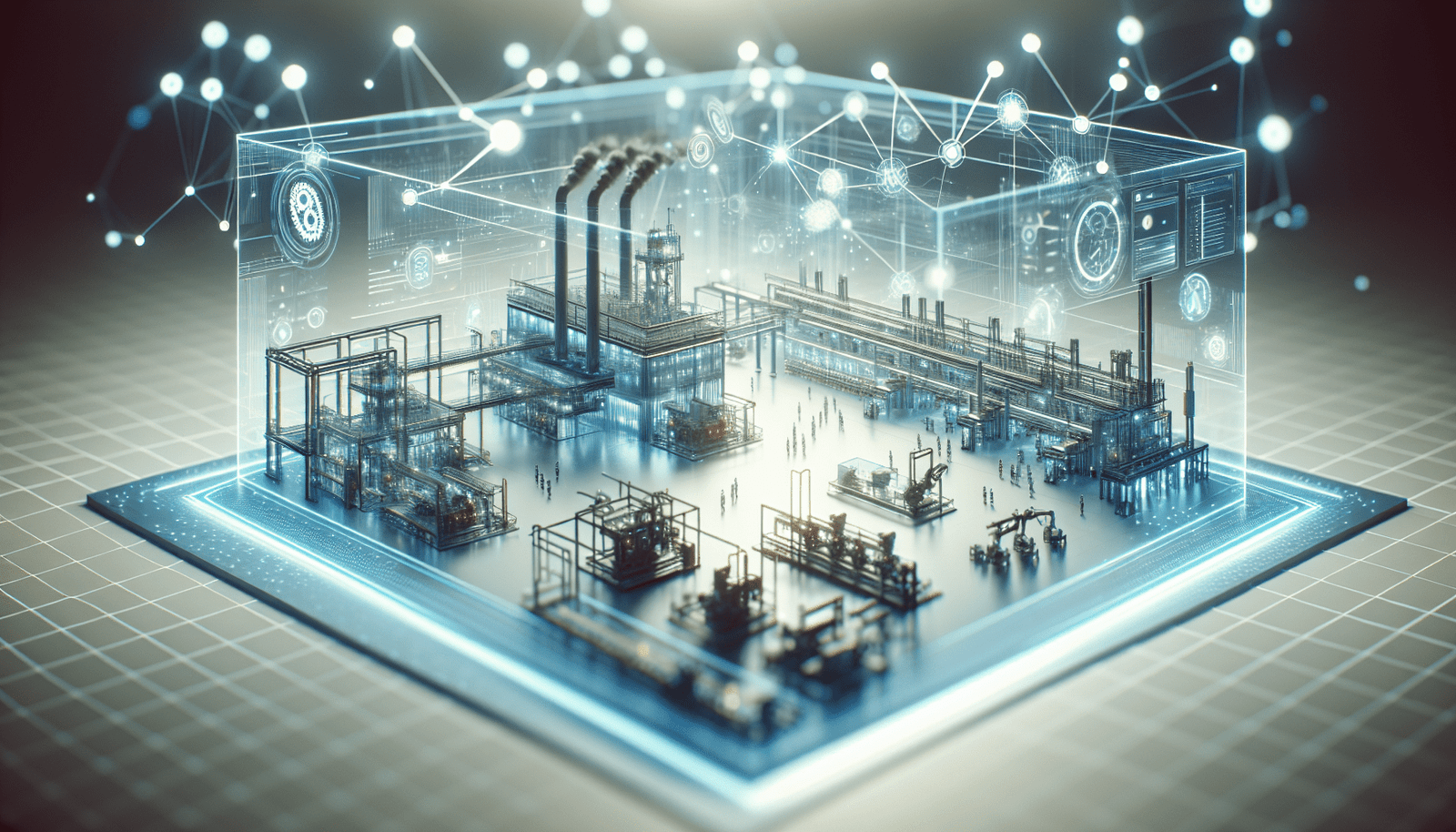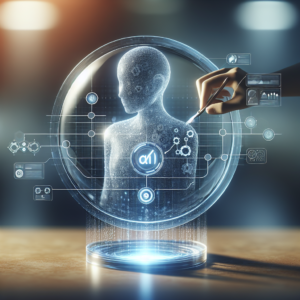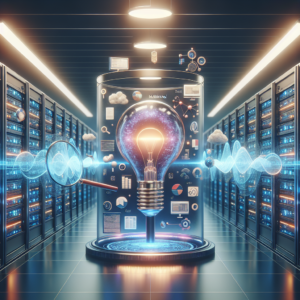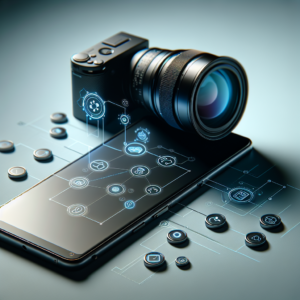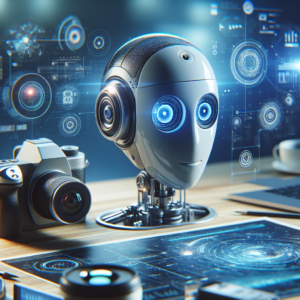What does the future hold for digital twins in modern industries? As I ponder this question, I realize that the potential of digital twins is just beginning to unfold. These virtual replicas of physical entities have the power to revolutionize how industries operate, enhancing efficiency, and driving innovation. Join me as we look at what digital twins are, their applications, and their potential future impact across various sectors.
Understanding Digital Twins
Digital twins refer to the virtual representations of physical objects or systems. They leverage real-time data feeds and simulation technologies to mirror the behavior and performance of their real-world counterparts. The concept might sound complex, but at its core, it allows companies to understand and predict how their products or processes will behave over time.
The Basic Components of Digital Twins
When I think about digital twins, I see several key components that make them work:
-
Data: Every digital twin relies on real-time data collected through sensors or other means. This data forms the backbone of the digital replica.
-
Modeling: A digital representation needs to model the physical object accurately. Depending on the application, this might involve mathematical simulations or graphical representations.
-
Analytics: Beyond just data collection, analytics plays a crucial role. It helps interpret the data, enabling insights that guide decision-making.
-
Integration: Digital twins often require integration with other systems to work effectively, including enterprise resource planning (ERP) and customer relationship management (CRM) systems.
By combining these elements, a digital twin can provide valuable insights into the performance and lifecycle of its physical counterpart.
Current Applications of Digital Twins
I find it fascinating to learn about how digital twins are being used across various industries. Here’s a closer look at some prominent applications that illustrate their versatility.
Manufacturing
In the manufacturing sector, digital twins are transforming production processes. They allow companies to create virtual simulations of production lines, optimizing pathways and identifying bottlenecks before they become an issue.
One significant advantage is predictive maintenance, where data from machines can signal when equipment is likely to fail. By acting on this data in advance, manufacturers can schedule maintenance before downtime happens, saving both time and money.
Healthcare
In healthcare, the concept of digital twins is being used to create personalized medicine. By modeling individual patients, caregivers can simulate how a particular treatment might work for a specific person.
For example, a digital twin of a patient’s heart, built with data from their medical history and diagnostics, allows doctors to test different treatment scenarios. This ensures more effective treatment plans, minimizing risks and maximizing outcomes.
Transportation and Logistics
Transportation is another area where digital twins shine. They can be used to create real-time models of logistics networks, optimizing routes and enhancing delivery times.
For instance, by using a digital twin of a fleet’s operations, companies can analyze traffic patterns, vehicle performance, and environmental conditions to improve their logistics strategies. It leads to more efficient operations and reduced costs.
Smart Cities
Digital twins have found their way into urban planning, enabling the development of smart cities. By creating digital replicas of entire cities, planners can simulate changes in urban landscapes, traffic flow, and even citizen behavior.
This modeling helps city officials make data-driven decisions that improve infrastructure planning and resource management while taking into account environmental impacts.
The Potential Future of Digital Twins
As I reflect on the current landscape, I can’t help but think about where digital twins might be headed in the future. The potential stretches across numerous fronts, influencing not just industries but the way we live and work.
Advances in Artificial Intelligence (AI)
With advancements in AI, I believe that digital twins will become even more powerful. Machines that learn from the vast amounts of data they process will enhance their predictive abilities, leading to better decision-making.
Imagine a manufacturing plant where AI-powered digital twins continuously improve efficiency by learning from historical data and adjusting operations in real-time. The potential for optimization is enormous, and it fascinates me to think about.
Enhanced Integration with Internet of Things (IoT)
As IoT continues to grow, so too will its impact on digital twins. The idea of having interconnected devices communicating with each other opens up possibilities for real-time updates that make digital twins more accurate and responsive.
In a home setting, my appliances could someday be monitored and adjusted automatically for energy efficiency, based on patterns identified by their digital twins. It’s a step towards a more sustainable future.
Broader Adoption Across Industries
Over the next few years, I expect to see digital twins adopted more broadly across various sectors. Industries often lag in tech adoption due to legacy systems, but as those systems evolve, I believe many will embrace digital twins.
I can envision fields like agriculture implementing digital twins to simulate growth patterns influenced by changing climate factors. This way, farmers can make better decisions about crop management, leading to enhanced food security.
Enhanced User Experience
In customer-facing industries, digital twins will likely create more personalized experiences. Brands can create virtual simulations of their products tailored to individual consumer preferences, adjusting designs and features before launching physical versions.
As a consumer, I could visualize how a piece of furniture would look in my living room through a digital twin, leading to more informed purchasing decisions.
Challenges Facing Digital Twins
Despite their advantages, I realize that there are challenges and barriers to the widespread adoption of digital twins. Here are some key areas to consider:
Data Privacy and Security
One of my major concerns revolves around data privacy. Digital twins rely on massive amounts of data, and as such, it’s essential to ensure this data is secured from breaches. Companies must navigate the fine line between utilizing data for improved outcomes and protecting individual privacy rights.
High Initial Costs
Implementing a digital twin solution can be costly initially. The technology, the systems integration, and the ongoing maintenance can add up. I find it crucial for companies to conduct thorough cost-benefit analyses to justify the investment.
Complexity of Integration
The integration of digital twins into existing systems can be complex. Organizations with outdated legacy systems may struggle to implement digital twin solutions, requiring substantial restructuring and investment in new technologies.
Examples of Successful Digital Twin Implementations
To give you a clearer understanding, I want to share a few real-life examples of where digital twins have been successfully implemented. Each showcases different industries and demonstrates the transformative capabilities of this technology.
General Electric (GE)
General Electric has embraced digital twins in various sectors, particularly within aviation. They’ve created digital twins of jet engines, allowing them to simulate performance, predict failures, and optimize maintenance schedules.
By continuously gathering data from engines in operation, GE can enhance their designs and reduce operational costs for airlines. This proactive approach ensures safety and efficiency.
Siemens
Siemens developed a digital twin framework that enables smart manufacturing. Their solution allows companies to simulate entire production processes before implementing changes, ensuring optimal efficiency.
With Siemens’ digital twins, organizations can test and refine their manufacturing strategies, leading to reduced costs and improved product quality.
Bosch
Bosch has utilized digital twins for the automotive sector, specifically in developing autonomous driving technologies. They create virtual models of vehicles, allowing engineers to test and optimize safety features without the need for extensive real-world testing.
This not only accelerates the development process but also enhances safety protocols, paving the way for safer autonomous vehicles in the future.
NASA
NASA has taken digital twins to new heights—literally. They’ve employed digital twins for spacecraft, enabling them to simulate and monitor systems in real-time, improving mission outcomes and the safety of astronauts.
By anticipating failures through their digital twins, NASA can modify missions and enhance the overall performance and safety of their space vehicles.
Conclusion: A Bright Future Ahead
So, as I look ahead, I see an exciting landscape filled with opportunities for digital twins to drive innovation across multiple industries. The potential to improve efficiency, enhance decision-making, and reduce costs is remarkable.
While challenges remain, the successful implementations I’ve shared demonstrate that digital twins are already having a significant impact. With ongoing advancements in technology, it feels like the time is ripe for me to embrace and advocate for digital twins not just in industries I’m familiar with but in every sector where potential exists.
I feel optimistic that as digital twins continue to evolve, they will unlock new frontiers and reshape our understanding of industries, leading to a future full of intelligent, responsive systems. The journey of digital twins has just begun, and I can’t wait to see what’s next.

